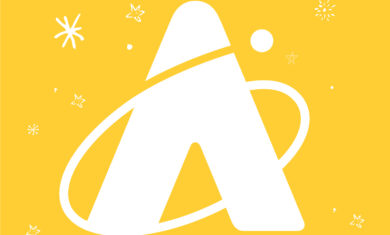Adler Skywatch: June 2023

Header Image: The Sun glowing in the sky, with foliage accenting the bright orange and yellow sky. Image credit: Jeremy Bishop via Unsplash
Will the Sun stop moving?
That’s actually a trick question, since the Sun’s east–west “movement” in the sky each day is due to the Earth’s rotation, not the Sun itself moving. However, if you watch the Sun at the same time of day over a period of time, you’ll notice its position will change slightly each day. But at the solstice, this motion stops. Don’t miss the summer solstice and more this month, June 2023.
The Start Of Summer

In the Chicago area, the 2023 summer solstice occurs on June 21, at 9:58 am. The word solstice means that the arc of the Sun—or Sol—stops in the sky. The Sun’s arc has been getting higher in the sky every day since the winter solstice, which occurred in Chicago on December 21, 2022. As the Sun’s arc gets higher, daylight hours get longer. On the summer solstice, the Sun’s arc stops getting higher. After that point, the Sun’s arc will appear lower each day, and daylight hours will gradually get shorter. It will keep getting lower each day until December 21, the 2023 winter solstice in the northern hemisphere.
Evening Planets
This month the brightest planet, Venus, is easily spotted low in the western sky during evening twilight. On June 1, Venus appears to form a line along with the twin stars, Pollux and Castor, in the constellation Gemini. The line is nearly parallel to the west-northwest horizon, and almost looks like Orion the Hunter’s famous belt. On June 21, Venus appears less than two degrees away from the lower horn of a very slim waxing crescent Moon.
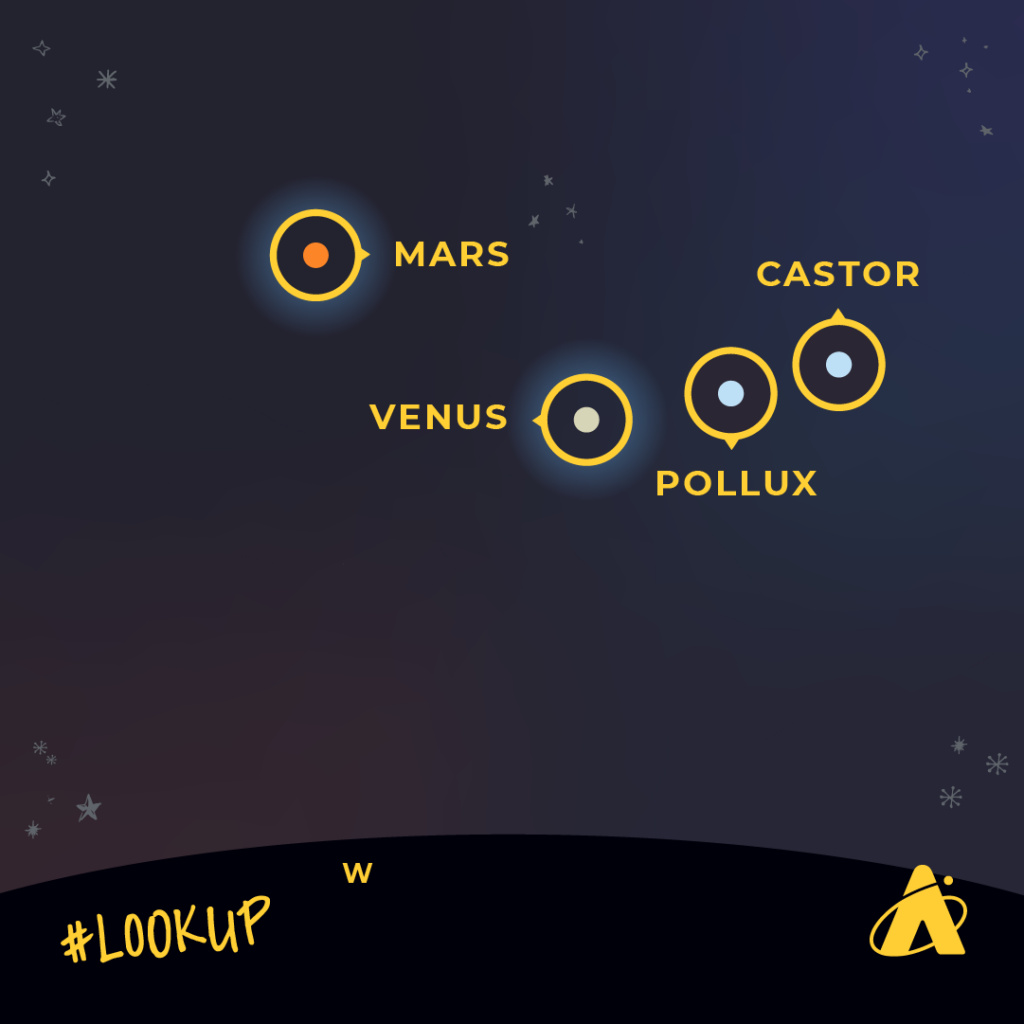
A few degrees up and to the left of Venus, try to spot the less-bright planet Mars, which will be dimmer than 1.5 magnitude. At the start of the month, Venus sets soon after 11:00 pm and shortly after 10:00 pm by month’s end. Dim Mars sets at 12:00 am at the start of the month, and around 11:00 pm at the end of the first month of summer.
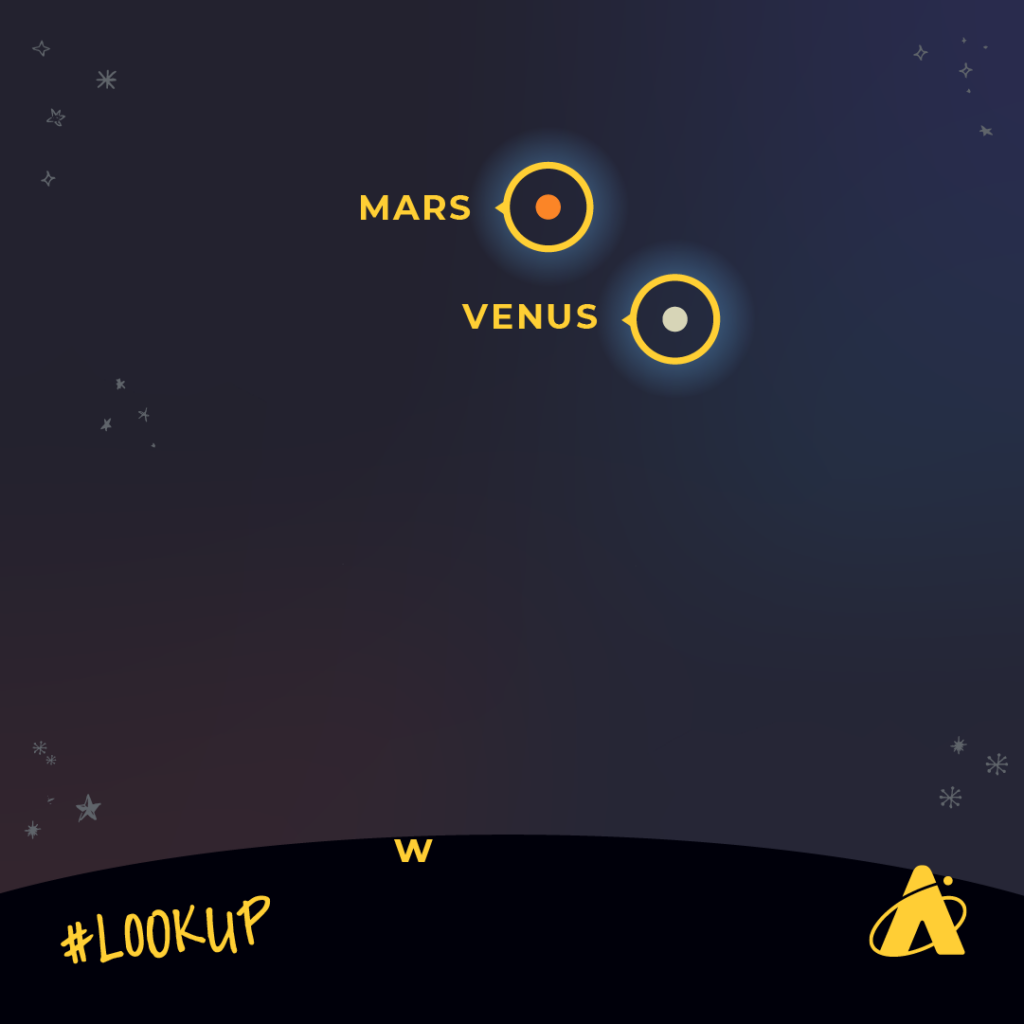
Planets After Midnight
The other visible planets don’t rise this month until after midnight. Saturn is brighter than first-magnitude. To spot it, look near the east-southeast horizon around 2:00 am early in the month, and around 12:30 am at the end of the month. With the Sun rising earlier each day, Saturn will climb only about 25–35 degrees high in the south-southeast sky before dawn’s light blocks it out. Before sunrise on June 10, catch Saturn and a third quarter Moon in the southeastern sky.
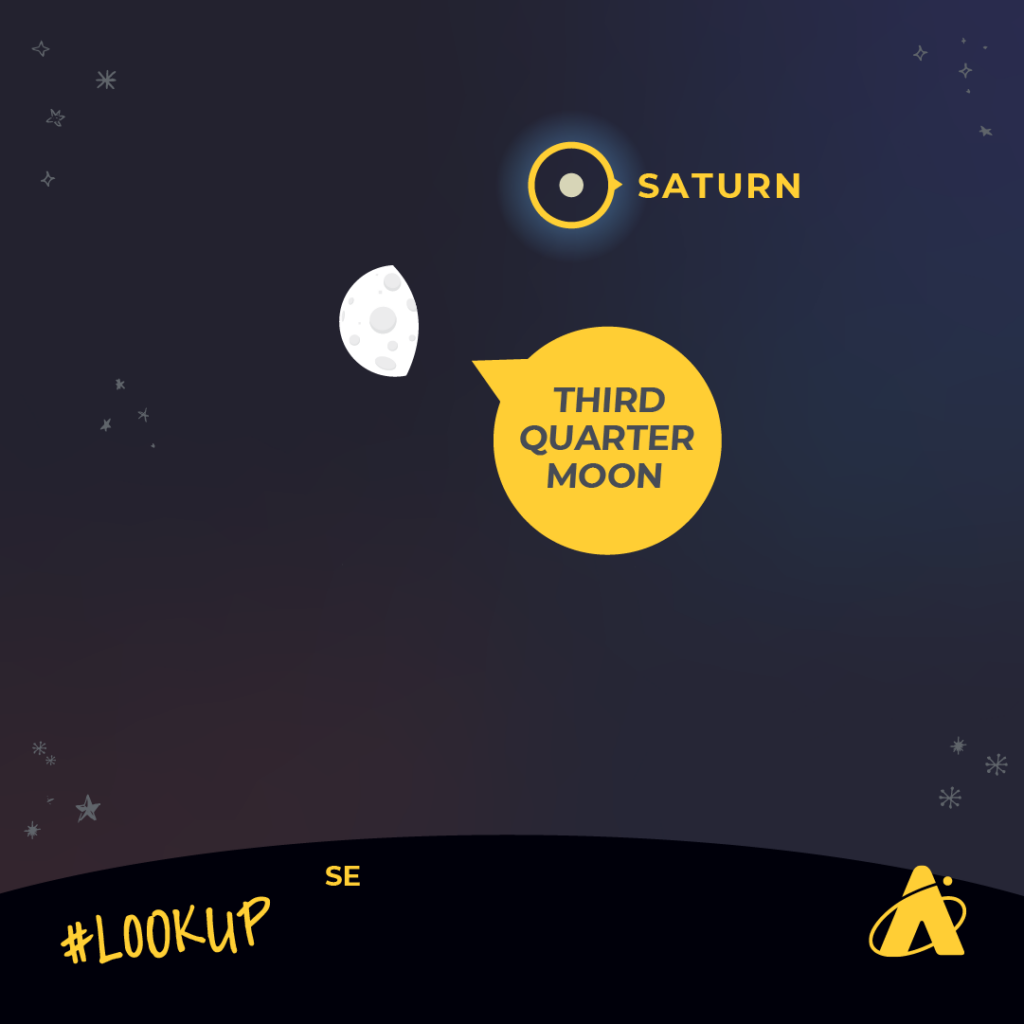
It’s a little easier to catch Jupiter in the predawn sky this month, because it’s brighter than minus-two magnitude. Jupiter appears low above the eastern horizon before 5:00 am in the beginning of June, and a little higher in the east, around 3:30 am, by the end of the month. Just like in May 2023, a waning crescent Moon appears very close to Jupiter early in the morning on June 14. The planet will appear just to the right of the dark edge of the Moon. At the beginning of the month, Jupiter will be in the eastern sky, about 20 degrees high, moving to higher than 30 degrees by month’s end, before the Sun makes it impossible to see.
You’ll need an unobstructed view to the east-northeast horizon—and extremely good timing—to see the planet Mercury in June, 2023. The planet appears close to the Sun, so it will be hard to spot. Try looking in the first half of the month, about 45 minutes before sunrise—but don’t look much longer than that, because the planet fades with the rising Sun.
Moon Phases
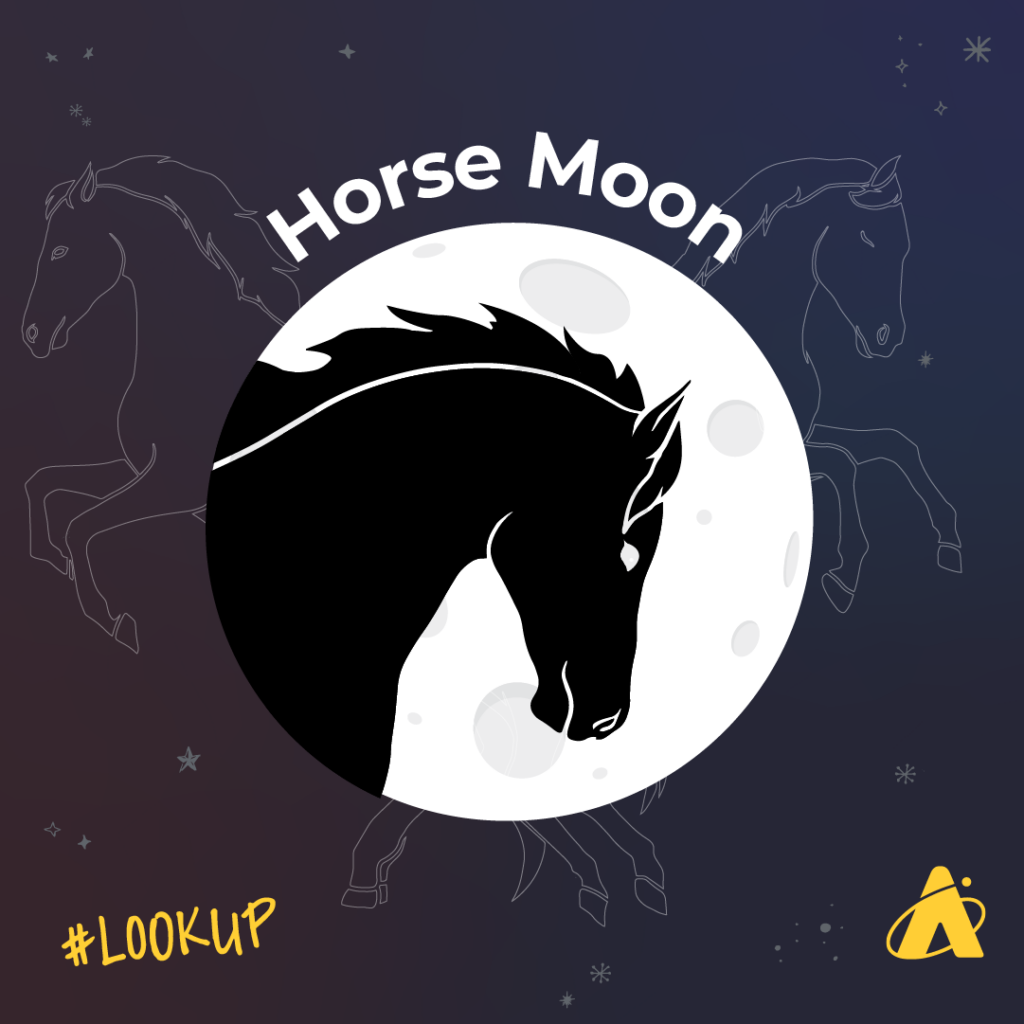
Full Moon: June 3
Last Quarter Moon: June 10
New Moon: June 17
First Quarter Moon: June 26
Please note: these descriptions are for the Chicago area, using Central time
Subscribe To Skywatch Wednesday This June
Tour the night sky with the Adler Planetarium’s Theaters Manager, Nick, in Skywatch Wednesday. Nick uses cutting edge visualizations, NASA images, and astrophotography to show you what you can see in the night sky throughout the year.
Check out our latest episode for an astronomical tour of the 2023 spring night sky.
Learn From Our Astronomy Educators
Watch exclusive live episodes of Sky Observers Hangout this June! Learn how to observe upcoming cosmic happenings, enhance your astrophotography skills and see celestial objects through a telescope virtually with our astronomy educators. Check out Michelle and Hunter’s latest episode, Gazing at Galaxies, to learn how to spot galaxies in the spring night sky!





